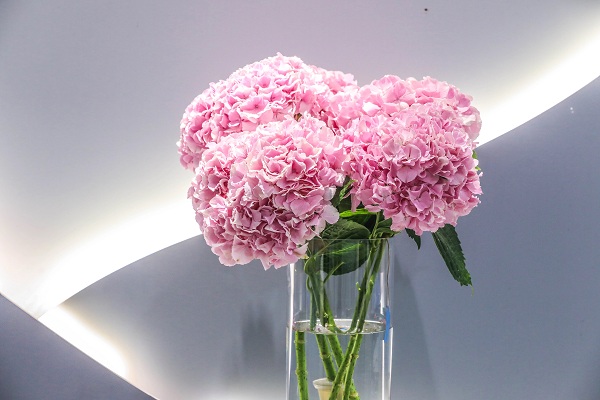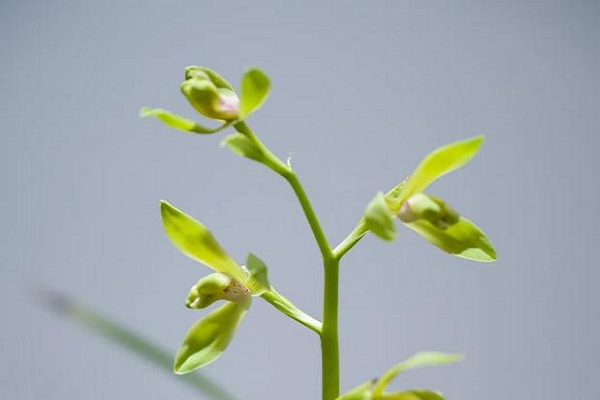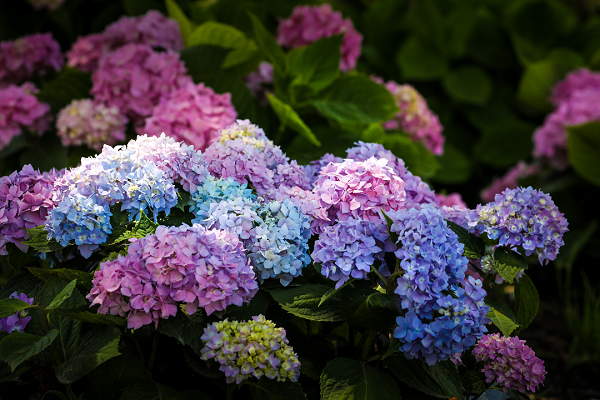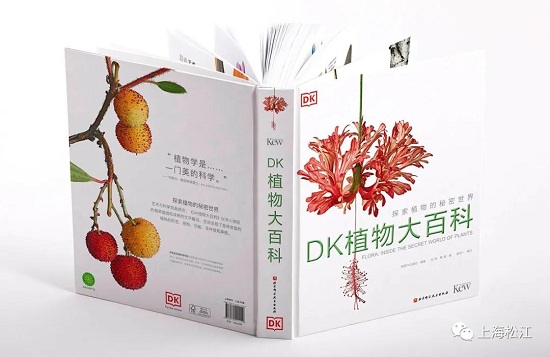 |
|
The Chinese version of Flora: Inside the Secret World of Plants is published in China. [Photo/WeChat account: sheshanlvyou] |
The Chinese version of Flora: Inside the Secret World of Plants was recently published in China, local media reported on Nov 13.
The plant encyclopedia was translated by science writers Liu Su and Li Jia from Shanghai Chenshan Botanical Garden.
According to Li, Flora: Inside the Secret World of Plants was compiled by DK and the Royal Botanic Gardens – Kews, which introduces plants by pictures, freehand sketching, and vivid writing.
The publication explains the structure, features, and functions of plants' roots, stems, branches, leaves, flowers, fruits and seeds with representative plants as examples. It also introduces renowned plant paintings and tells stories about plant painters.
Li said that lovers of plants, horticulture, and paintings would be impressed by the book and she hopes it will inspire educators to create more activities for teenagers to learn about plants.
DK, formerly known as Dorling Kindersley, is a British multinational publishing company that specializes in illustrated reference books for adults and children in 63 languages.
Kews Gardens is a globally renowned scientific institution reputed for its collections and scientific contributions to plant diversity, breeding and sustainable development.
The Shanghai Chenshan Botanical Garden is located in the Shanghai Sheshan National Tourist Resort and covers an area of 207 hectares, making it the largest botanical garden in East China.
The garden is currently home to approximately 10,000 plant species, including some rare and endangered species. The plants are labeled with their names and identifying characteristics so that children can learn about them.
The garden consists of three different sections: one for exhibitions, one for plant conservation, and one for buffering.
The exhibition zone is divided into four major areas for North American plants, tropical plants, ornamental grass, and small animals, respectively. It also features a display greenhouse, which is its most popular area.
The greenhouse covers an area of 12,608 square meters and is divided into three parts: a tropical flower house, a sand plant house, and a rare plant house.
The tropical flower house features mountains in the background and has more than 600 species of plants, including traveller's trees, frangipani, and talipot palms.
The sand plant house imitates environments in Australia, Africa, and the United States, showcasing more than 1,000 species of sand plants, including Namibia's welwitschia (Welwitschia bainesii), the saguaro cactus tree (Carnegiea gigantea), and the pencil cactus (Euphorbia tirucalli).
The rare plant house is divided into a life zone and an evolution zone. The former mainly focuses on how plants survive in complex and varied natural environments, while the latter showcases the evolution of plants. In addition, more than 1,400 species of plants are on display there.
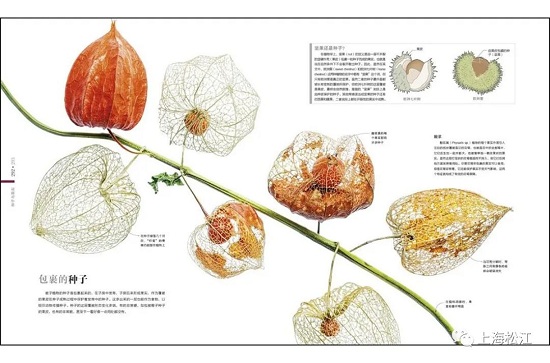 |
|
The book explains the structure, features, and functions of plants' roots, stems, branches, leaves, flowers, fruits and seeds with representative plants as examples. [Photo/WeChat account: sheshanlvyou] |
